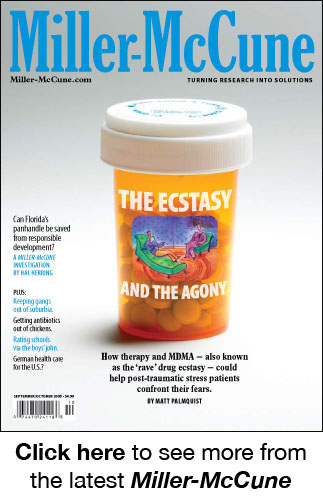It’s the largest irrigated crop in the United States, with more than 32 million acres in production, according to a 2005 study from the journal Environmental Management. But this crop isn’t eaten by people or, usually, animals. It’s the front lawn, and cities across America are trying to save water by encouraging homeowners — through rebates and tax benefits — to get rid of it.
People, though, are stubborn things, and they still want their lawns. “I think it’s safe to say that by far the lion’s share of new homes have lawns,” said Walter Molony, a senior public affairs specialist at the National Association of Realtors. “It would be a small, single-digit percentage that do not.”

In the face of this demand for green, cities across the country are trying to find a middle ground, and for some, it is artificial turf. The current crop of synthetic lawn is several steps up from the AstroTurf of old; it looks and feels like real blades of grass but, of course, doesn’t need mowing.
Based on what it says is increasing demand, the Southern California city of Garden Grove recently lifted a citywide ban on artificial turf on residential properties. Residents there can now convert their front yards to fake grass and receive a modest rebate from the local water district. “There’s a lot of people that really want to do their part in conserving water,” said Lee Marino, a senior planner in Garden Grove. “But there’s always going to be that segment of society that, regardless, they’re going to want natural materials. They don’t like the idea of fake.”
As Garden Grove is allowing it, however, other Southwest municipalities are finding reasons to say no to faux. Glendale, Ariz., had once given rebates to residents for installing artificial turf as a water-saving alternative. The savings turned out to be modest and conversions ended up causing environmental problems. The city stopped giving rebates after the Centers for Disease Control and Prevention released an advisory in June 2008 associating artificial turf with a potential exposure to lead dust, created as the fibers making up some phony grass blades age and wear.
“When the advisory came out, we thought it was best to err on the side of caution if it had something to do with public health,” said Jo Miller, the city’s water conservation program manager.
A concern that seems to be making more of an impact on city policy decisions than the CDC advisory is the tendency of artificial turf to get really hot. “During the day it can heat up and be as hot as the asphalt in parking lots,” Miller said. So even though it’s not alive, fake grass still needs water to keep cool and to clean up when the neighbor’s dog leaves something behind.
Other cities in Arizona are following Glendale’s move away from artificial turf — but incompletely. Rebates still exist for converting lawns in Scottsdale, but officials there are steering residents away from artificial turf and toward xeriscaping their yards with native plants that require little water. “A natural landscape with soil that is breathing and living and has actual plants in it that are transpiring is a lot more beneficial than a plastic landscape,” said Christina Klien, water conservation coordinator for the city of Scottsdale.
As climate change exacerbates water shortages in arid areas, more cities will need to limit water use. Lawn-watering is an obvious target for regulation; lawns may themselves become targets for widespread prohibition. Las Vegas, for example, has banned the use of grass for road medians, streetscaping and “front lawns that nobody ever stepped foot on unless they were pushing a lawnmower,” says Doug Bennett, conservation manager at the Southern Nevada Water Authority.
Despite emergent environmental concerns, the homeowner who wants but doesn’t use a grass lawn may represent a prime market for sellers of artificial turf. For homeowners looking to keep up appearances or comply with the rules of their homeowners association, after all, what really matters is that yards look like yards.
But Bennett suspects that even those who think fake grass can pass, aesthetically speaking, for real will have adjusting to do if they make the switch. “You have to keep it in perspective,” he says. “It looks like a lawn, but it’s really a plastic rug.”
Sign up for our free e-newsletter.
Are you on Facebook? Become our fan.
Follow us on Twitter.



